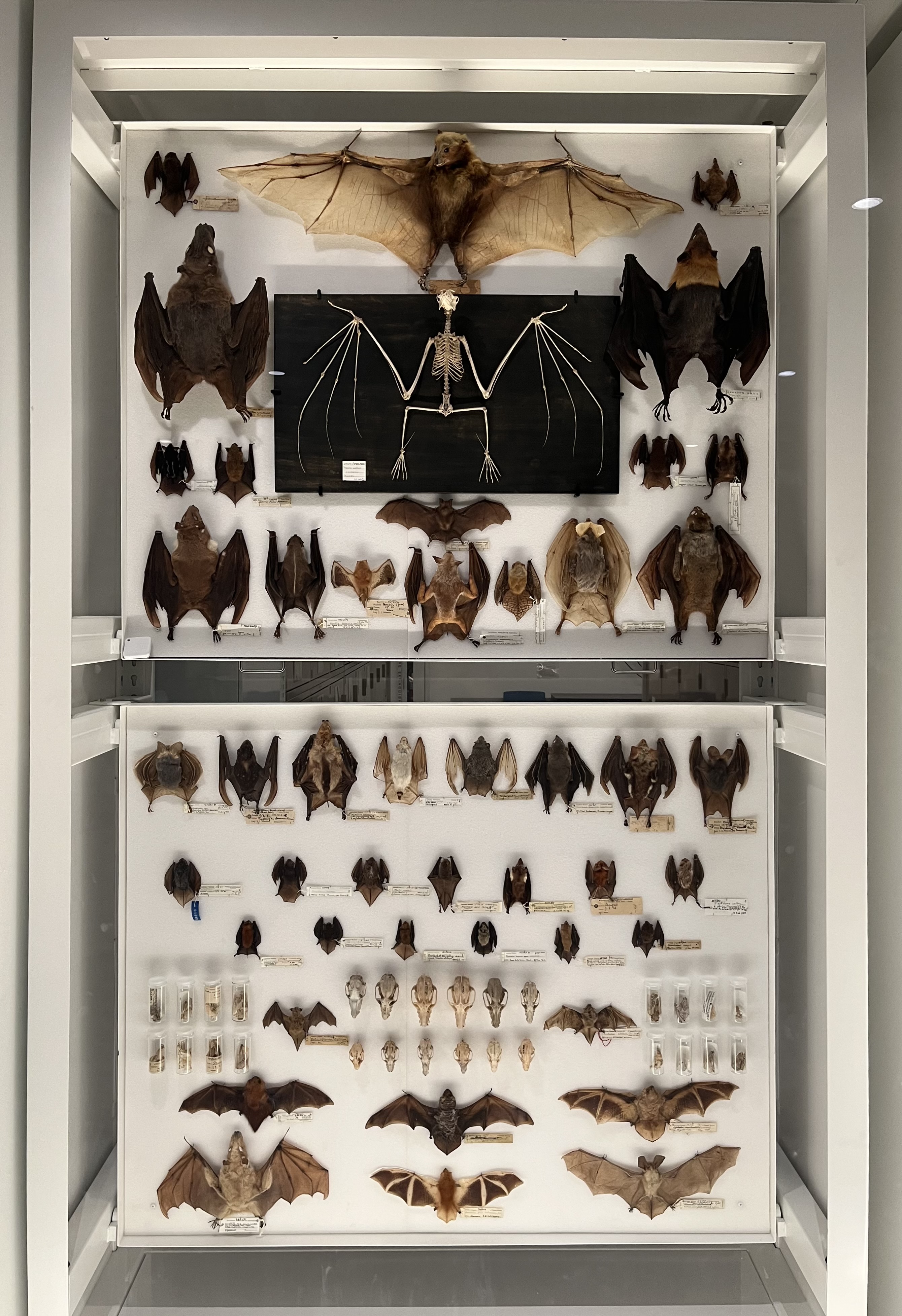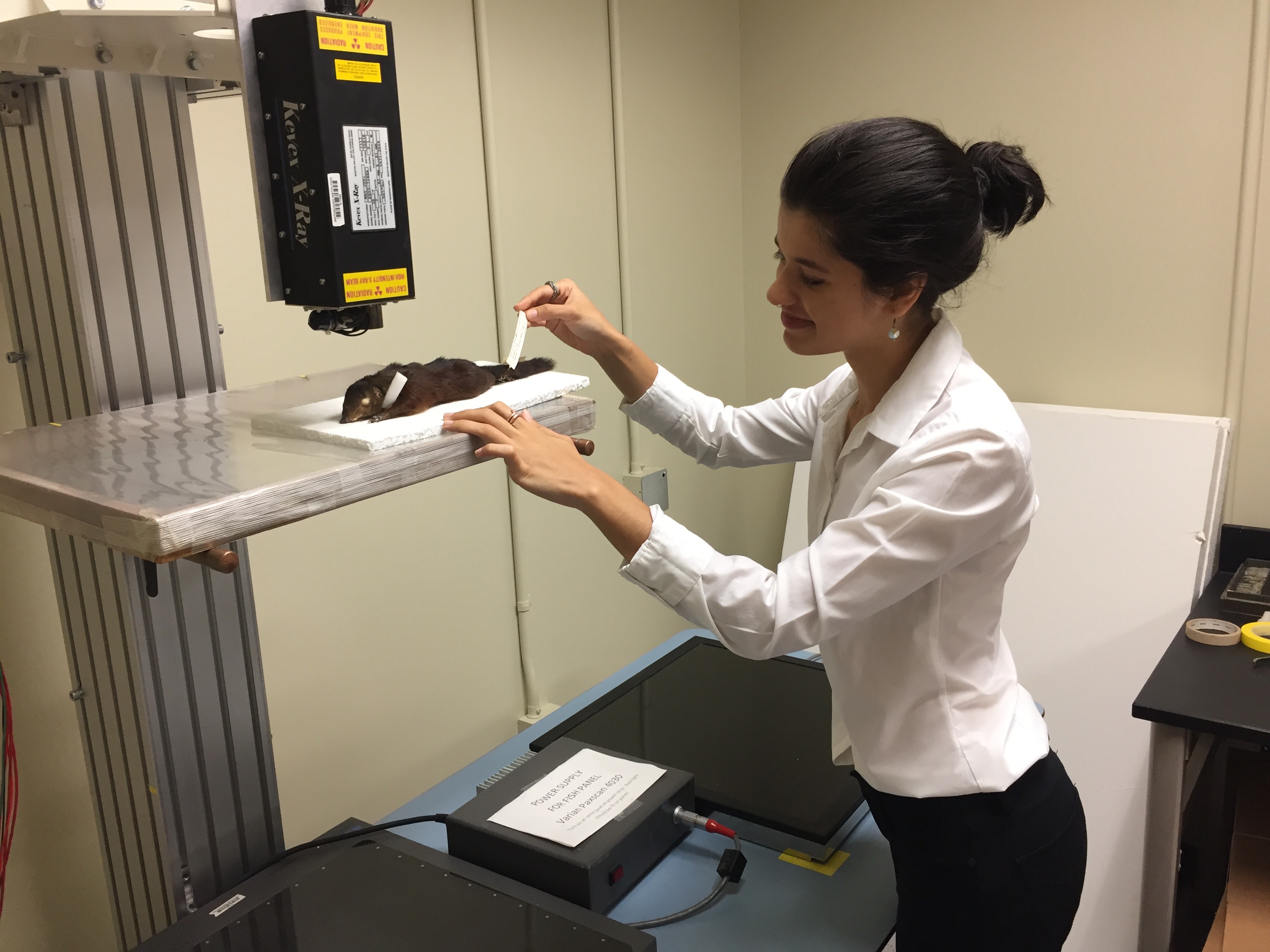My PhD research at the University of Cambridge (advised by Dr. Olivier Restif) aims to elucidate the connections between bat ecology and viral emergence, focusing on fruit bats (family Pteropodidae) and paramyxoviruses (including the zoonotic Hendra and Nipah viruses, which cause high fatality rates in humans). This project began with a review and meta-analysis of paramyxovirus sampling gaps in this system, followed by an analysis of longitudinal serological data from Eidolon helvum, an enigmatic, highly mobile species. This research will inform future viral surveillance, bat conservation efforts, and public health measures.

Another chapter used ecological trait-based machine learning models to predict paramyxovirus hosts within Pteropodidae. I then tested these "novel" host predictions by screening historical museum specimens for viral RNA. Natural history collections remain largely untapped resources for pathogen discovery and surveillance, and I'm excited to be working at this intersection with support from Verena, Accelerate Science, and the Cambridge Centre for Data-Driven Discovery. You can read more about the project in a preprint here and a blog post here.

My undergraduate thesis and ongoing related projects grew out of a Yale-Smithsonian internship I completed in 2018, focusing on ecogeographic variation in treeshrews (Scandentia). In collaboration with Dr. Eric Sargis at Yale, I analyze multivariate morphometric data from museum specimens to clarify taxonomic boundaries and conservation priorities for these poorly studied mammals. We also use these data to investigate the effects of latitude and island biogeography on body size and shape in treeshrews.
I grew up in India and am passionate about South Asian wildlife conservation. I serve as a species page contributor for Scandentia on the India Biodiversity Portal, and am the founder and administrator of the Small Mammals of India micro-site, a hub for aggregating citizen science data.
In 2022 and 2023, I conducted specimen collection and pathogen surveillance in remote regions of Southeast Alaska with Dr. Link Olson at the University of Alaska Museum. We are working on a collaborative project with the Alaska State Department of Public Health and U.S. Centers for Disease Control, sampling small mammals for a novel orthopoxvirus that has recently spilled over to humans in Alaska. Our field work has thus far focused largely on hoary marmots (Marmota caligata) in Southeast Alaska.